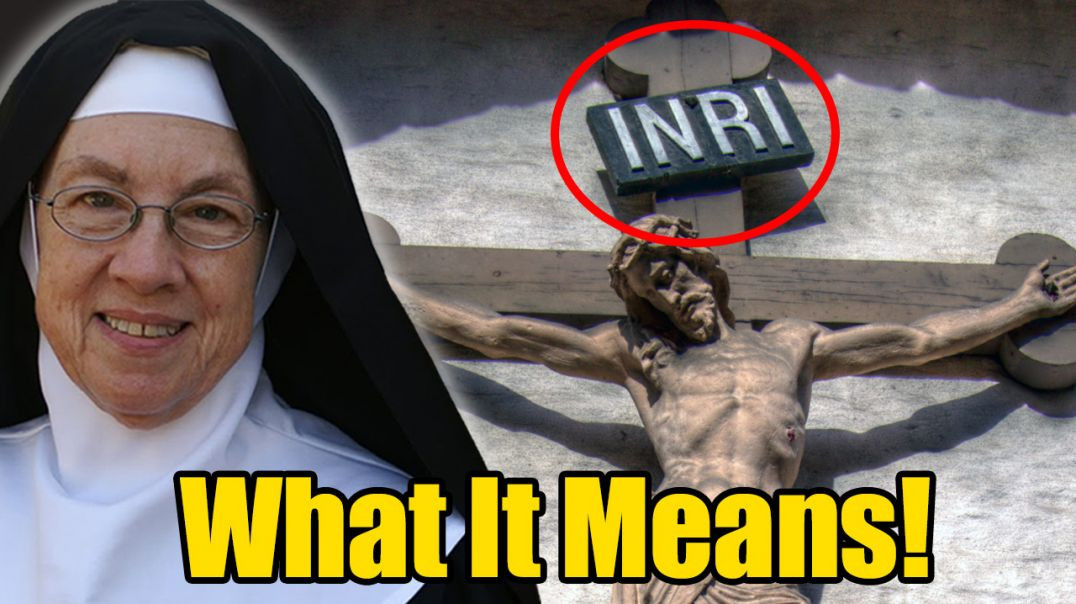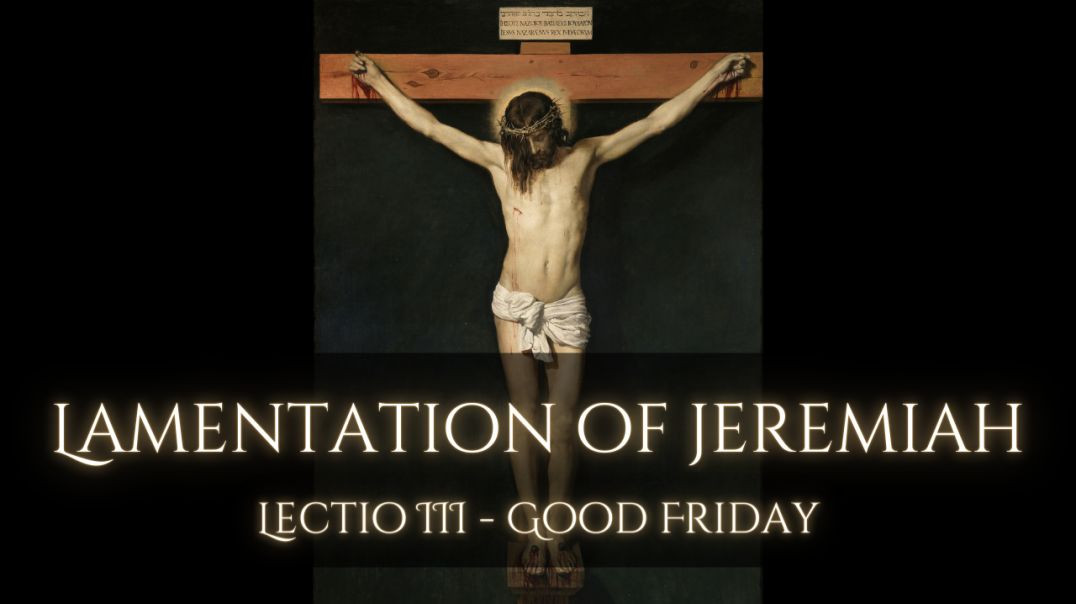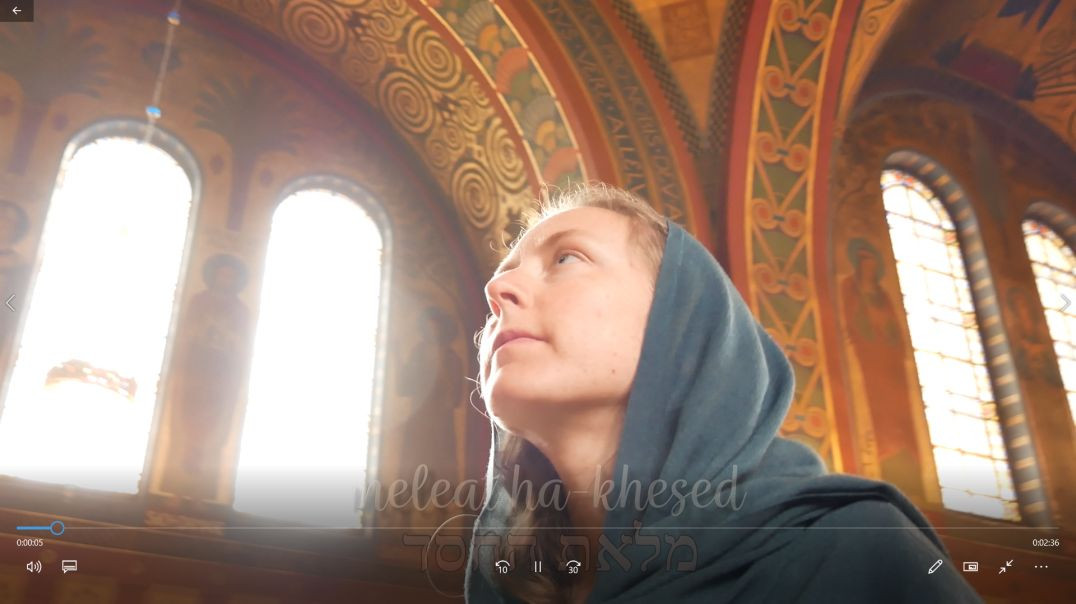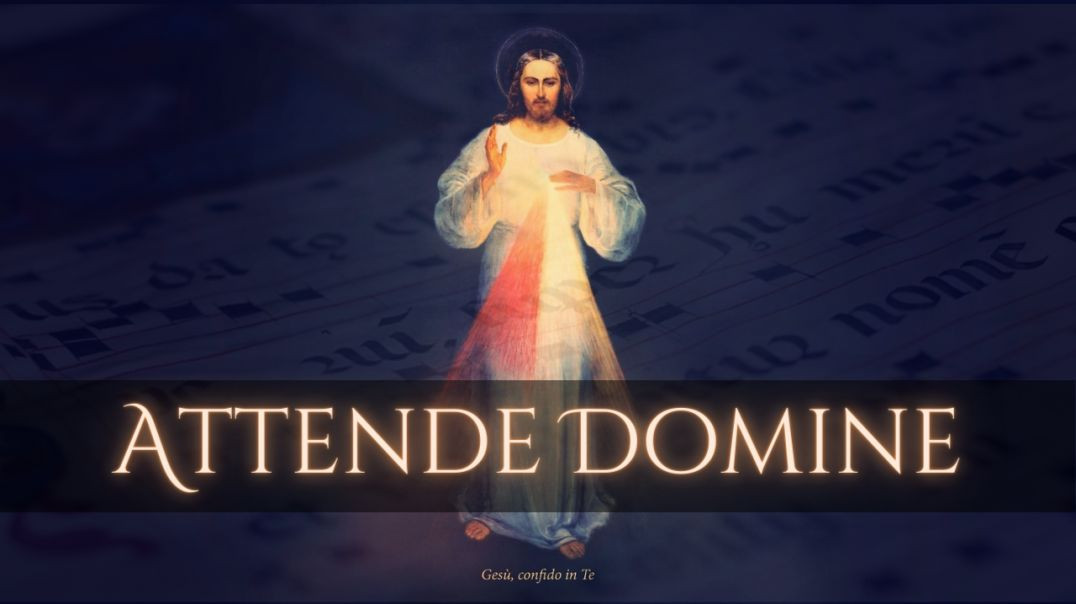Liked videos
Learn more on this topic: https://fatima.org/news-views/....catholic-apologetics
The Message of Fatima is the ONLY solution to the grave crises facing the Church and the world today. LEARN MORE about Our Lady's Message: » www.fatima.org
Please help us spread the saving Message of Our Lady of Fatima.
Donate to Our Lady’s Apostolate Today! » www.fatima.org/donate
Subscribe and stay up-to-date on the latest shows.
Contact Us:
» PHONE: 1-800-263-8160
» EMAIL: info@fatima.org
Follow Us:
» FACEBOOK: www.fb.com/TheFatimaCenter
» INSTAGRAM: www.instagram.com/the_fatimacenter
» TWITTER: www.twitter.com/TheFatimaCenter
» SPIRITUSTV: www.spiritustv.com/@thefatimacenter
» RUMBLE: www.rumble.com/thefatimacenter
» PODCAST: www.fatima.org/podcast
The Fatima Center’s mission is to ensure that the entire Message of Fatima is fully and widely known, accurately understood, and properly acted upon so that Our Lady’s purpose in coming to Fatima – the salvation of souls and the prevention of catastrophic chastisements – may be realized.
The Fatima Center has been faithful to this mission since its founding in 1978 by Fr. Nicholas Gruner († 2015).
latinmass.com
http://onepeterfive.com/donate
http://onepeterfive.com/crusade
You may have noticed the letters "INRI" at the top of the Crucifix, but are you familiar with the deeper message that those letters give? Mother Miriam breaks down their importance and explains their meaning for those that may be unfamiliar.
The Lamentations of Jeremiah are sung during the liturgy of Tenebrae (divine office of Matins & Lauds) on Holy Thursday, Good Friday and Holy Saturday on simple, mournful tones. In addition to the standard tones provided, there are optional, more elaborate tones taken from various medieval Mozarabic manuscripts from Spain. This is the third lesson reading on Good Friday and the tone is taken from an 10th century codex from Leon, Spain known as the "Codex Biblicus Leonensis."
These lamentations - like the Psalms - can be interpreted in a number of different ways.
1) Historical. It is a prophesy of the destruction of the Jews and Jerusalem for their innumerable evils, especially for their rejection of the Messiah and their Deicide.
2) Spiritual. Jeremiah is a "type" or "prefiguring" of Jesus, like Moses and many others. In that sense, the personal words/prayers of Jeremiah to God can be seen as Christ's words to the Father. And, in as much as we are baptized into Christ and have him dwelling in our souls by sanctifying grace, they can be our words to God also.
3) Spiritual. In as much as we willfully sin, we too are like the Jews, condemning Jesus to death, mocking Him, spitting on Him, crucifying Him. In this sense, the evils we read of concerning the Jews can also be applied to our own souls, broken and desolate with sin, until we repent and return to the Lord our God.
English translation:
(Lamentations 3:1-9)
1 Aleph. I am the man that see my poverty by the rod of his indignation.
2 Aleph. He hath led me, and brought me into darkness, and not into light.
3 Aleph. Only against me he hath turned, and turned again his hand all the day.
4 Beth. My skin and my flesh he hath made old, he hath broken my bones.
5 Beth. He hath built round about me, and he hath compassed me with gall and labour.
6 Beth. He hath set me in dark places as those that are dead for ever.
7 Ghimel. He hath built against me round about, that I may not get out: he hath made my fetters heavy.
8 Ghimel. Yea, and when I cry, and entreat, he hath shut out my prayer.
9 Ghimel. He hath shut up my ways with square stones, he hath turned my paths upside down.
Jerusalem! Jerusalem! Return unto the Lord thy God.
Download this song: https://www.GregorianChantAcademy.com/
Online Chant Master-Course: https://www.GregorianChantAcademy.com/courses
To help support the work of this Academy: https://www.GregorianChantAcademy.com/give
This is an original composition of the Ave Maria in Hebrew. The video was taken in the Chapel of Graces in the Abby of Beuron in Germany.
To the best of my knowledge, the melody of this chant, "Attende Domine", comes from a 17th century codex while the text comes from a 10th century Mozarabic codex. It speaks of the penitent's admission of his sin and guilt, without ever giving way to depression or despair, wonderfully captured by the joyful yet peaceful melody. The soul, full of trust, confesses its sins and calmly places itself in hands of its Redeemer, knowing, without a doubt, that He will forgive those who are truly sorry for their sins.
Download this song at: https://www.GregorianChantAcademy.com/
Sign up for an online Chant Course at: https://www.GregorianChantAcademy.com/courses
Give a tip or become a monthly supporter at: https://www.GregorianChantAcademy.com/give
Special Thanks to my top Patreon and Coffee supporters:
Sergio Ubach, Maurisa Mayerle, Mary Catherine Maxian, Andy Mozisek, John Lyssikatos, Sheila McBride Mullaly, Alicja and Herve Blanquart, Collen Lunt, Ted Naff, Andrew Hattrup, Paul Hattrup, Noreen Cabili, Shirley Dunnells, Chavel Dixon








